The first floor of the museum has a small gift shop and showcases diesel submarines. The second floor focuses on nuclear subs as well as some displays about subs from other countries. The first exhibit is of the controls of a diesel submarine and an operational modern-day submarine periscope. From its location, you can see views of St. Marys River from 40' above the museum.
We had seen this poster of the evolution of the American submarine when we visited a museum in San Diego. John's dad served on the USS Barracuda SS-163 during WWII. Also shown is a list of submarines (from 1911-1968) "On Eternal Patrol," the term used to describe those lost at sea. In WWII alone, there were 16,000 submariners. Of them, 375 officers and 3,131 enlisted men were killed. More than 10% of the subs (65) were lost during the war.
Many plaques, photos, and other memorabilia are on display throughout the museum. I especially liked this section as it shows the size of the bunks in most subs (bottom right in photo). Another aspect of life aboard a submarine is that there was not enough water for crew members to bathe, and it was common for the temperature to be 90 degrees when submerged. Can you imagine? That's some real camaraderie!
Much of the collection is arranged in display cases about a single submarine or subject matter.
There are also many submarine models on display on both the first and second floors. Below is the USS Aspro SS-309 with dimensions of 311' x 9'. It had ten torpedo tubes and could carry 24 torpedoes. There was also equipped with anti-aircraft deck guns.
We continued to the second floor where many photographs are displayed in the stairwell. Also shown is the bell from the Gato-class WWII era submarine, USS Wahoo SS-238, lost in the Sea of Japan in 1943. The wreck of the sub was found on the ocean floor in 2006.
There is an extensive library and this world map of the United States Submarine Force Organization.
This display case features models of both diesel and nuclear submarines. We were interested to see that the USS Barracuda (that John's dad served on during WWII) was included in the display (white and red). It was 334.5' long, carried 12 torpedoes and a crew of 88 men. It engaged in 6 combats missions in the Pacific in 1941-42 and then the Atlantic Coast for repairs and duty from 1944-45. If you have a family member that was a submariner, this is a great place to do some research.
This display provides information about the ships that support submarines: submarine tenders, rescue vessels, and floating dry docks for repairs. I never realized the various critical roles these support ships played. Also shown is a display case about foreign submarines.
This case features nuclear ballistic missile and nuclear guided missile submarines. The second displays information about Russian submarines....our ally during WWII but our enemy during the Cold War years.
Finally, we checked out the display about the USS George Bancroft SSBN-653. It is a nuclear powered fleet ballistic missile submarine that was commission in 1966. It is named in honor of a Secretary of the Navy who founded the US Naval Academy.
There is lots more to see here, especially if you have an interest in or connection to anyone who is or was a submariner. The museum is open Tuesday through Saturday 10 am - 5 pm; and, Sunday noon - 5 pm. Admission fee is $5/adults.
Also located in St. Marys is the Kings Bay Naval Submarine Base.
The 16,000-acre base is the home port of the US Atlantic Fleet for ballistic missile nuclear submarines armed with Trident Missile nuclear weapons. On display in front of the main entrance, is a model of the USS Bancroft.
We have toured a couple of submarines during our travels, but this small museum provided lots of interesting details that were new to us. We enjoyed the experience.

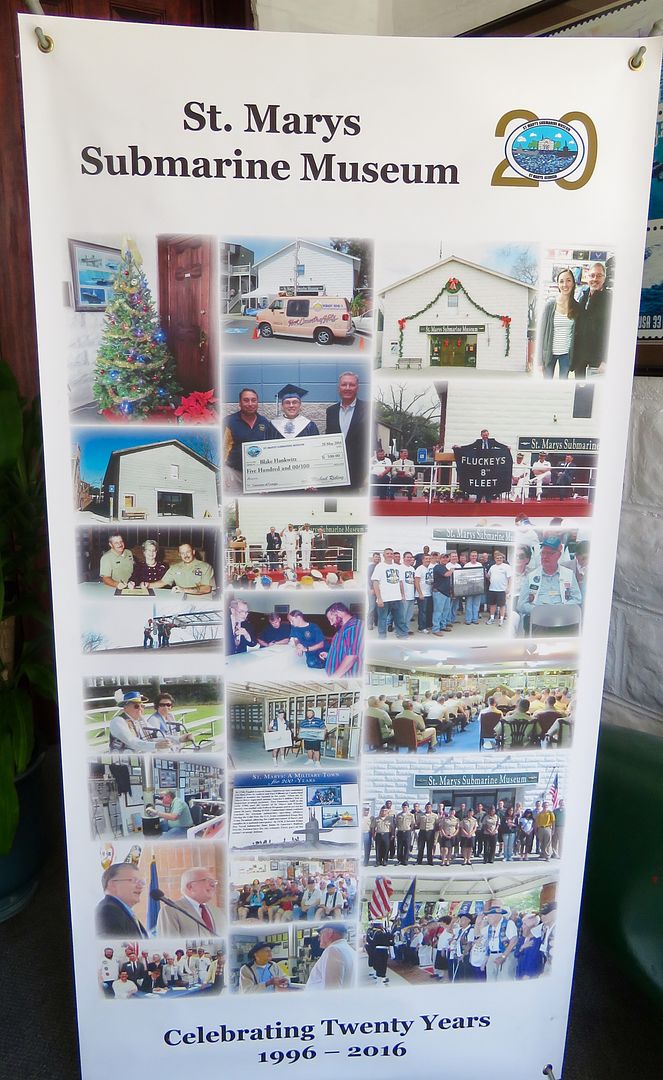
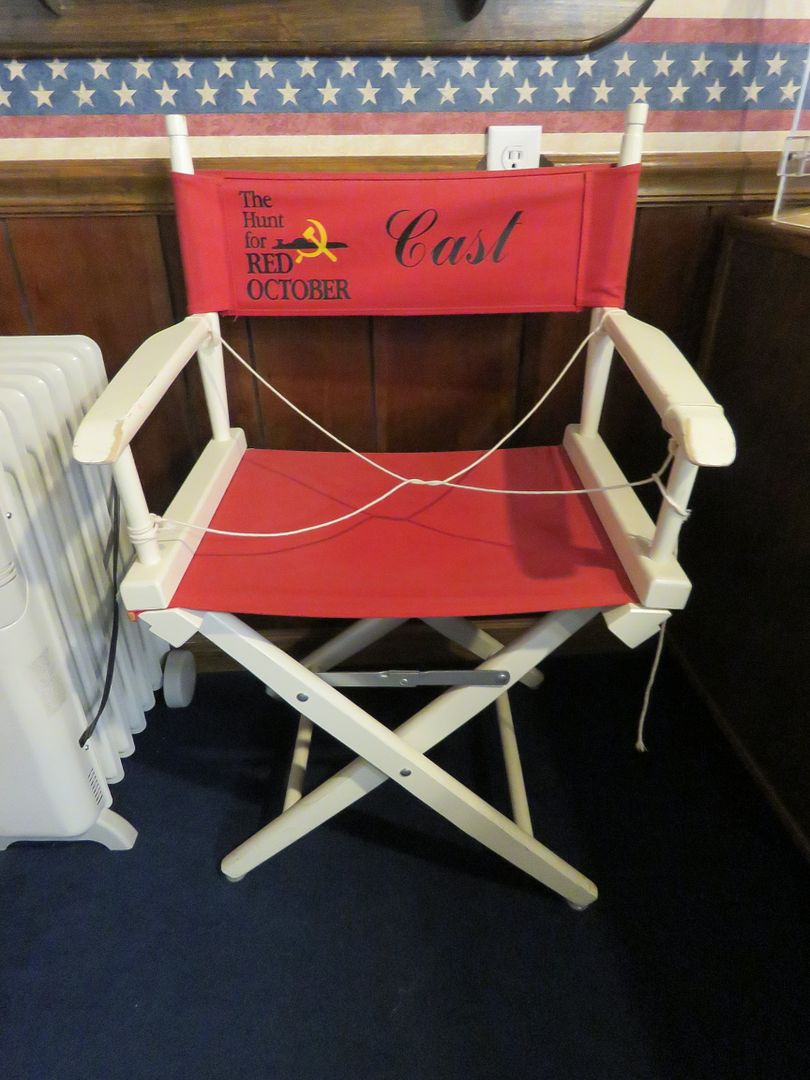
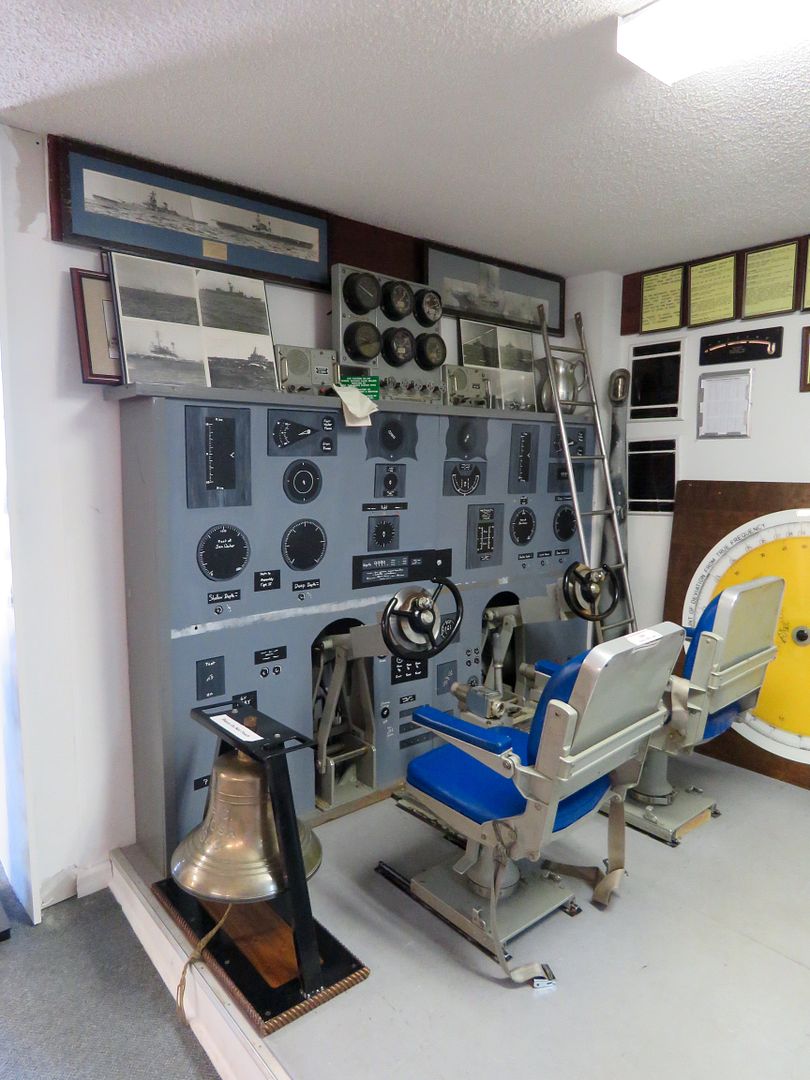
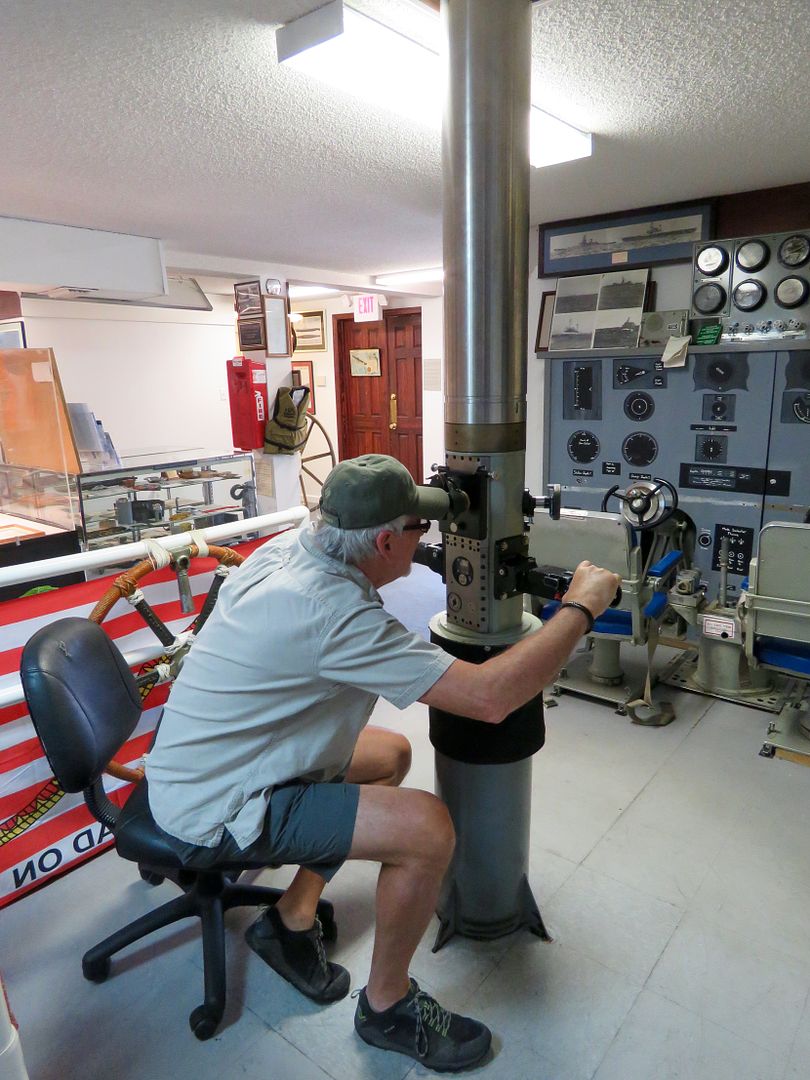
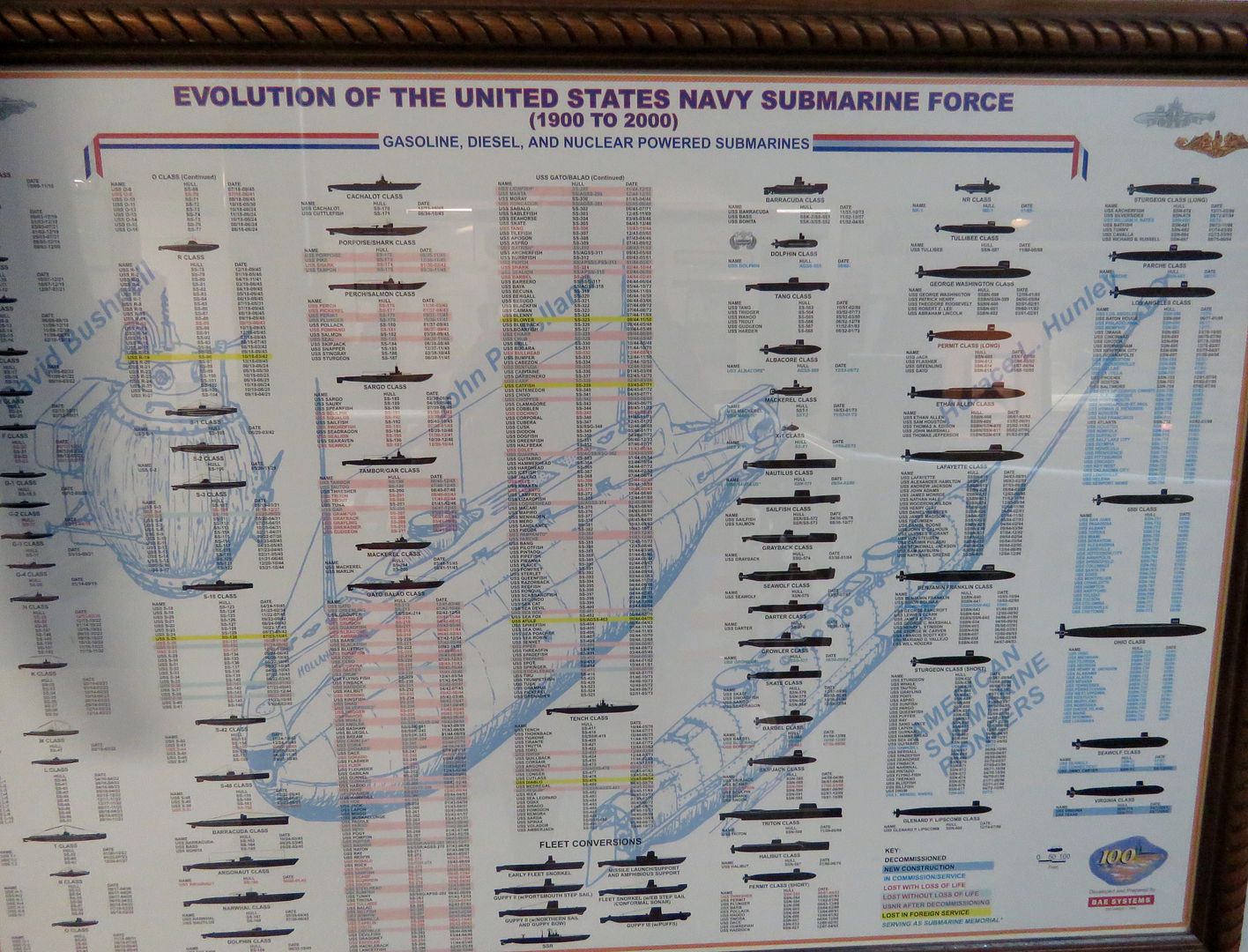
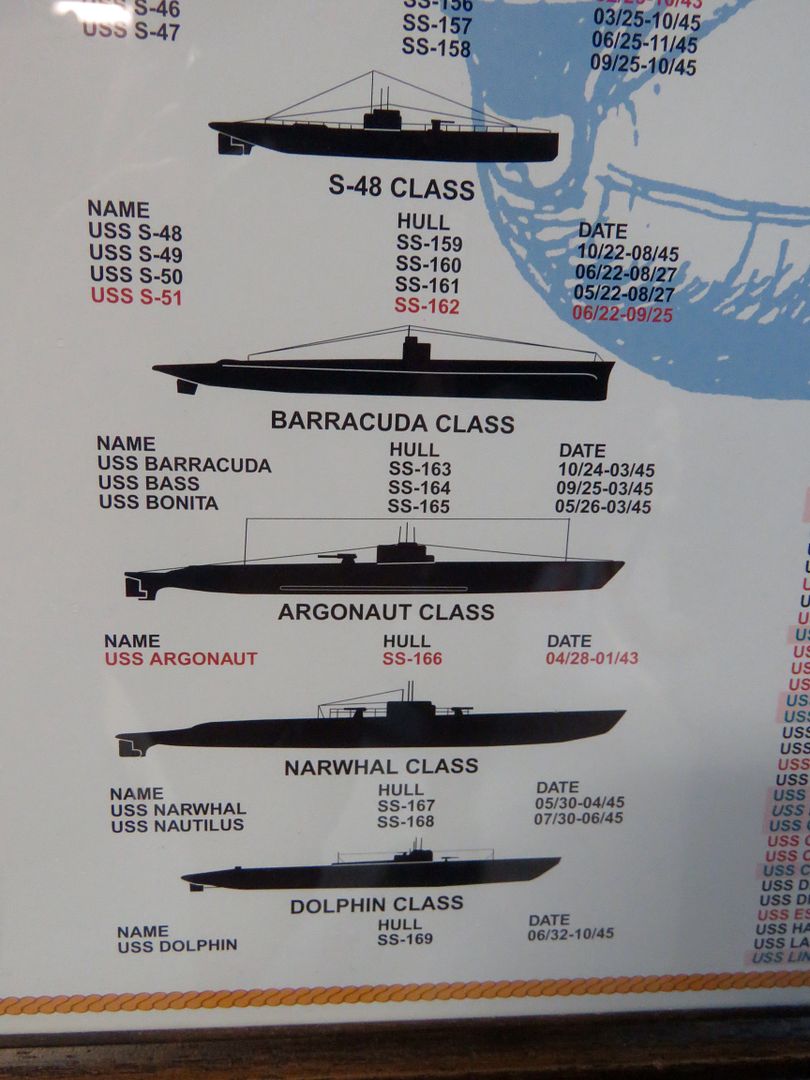
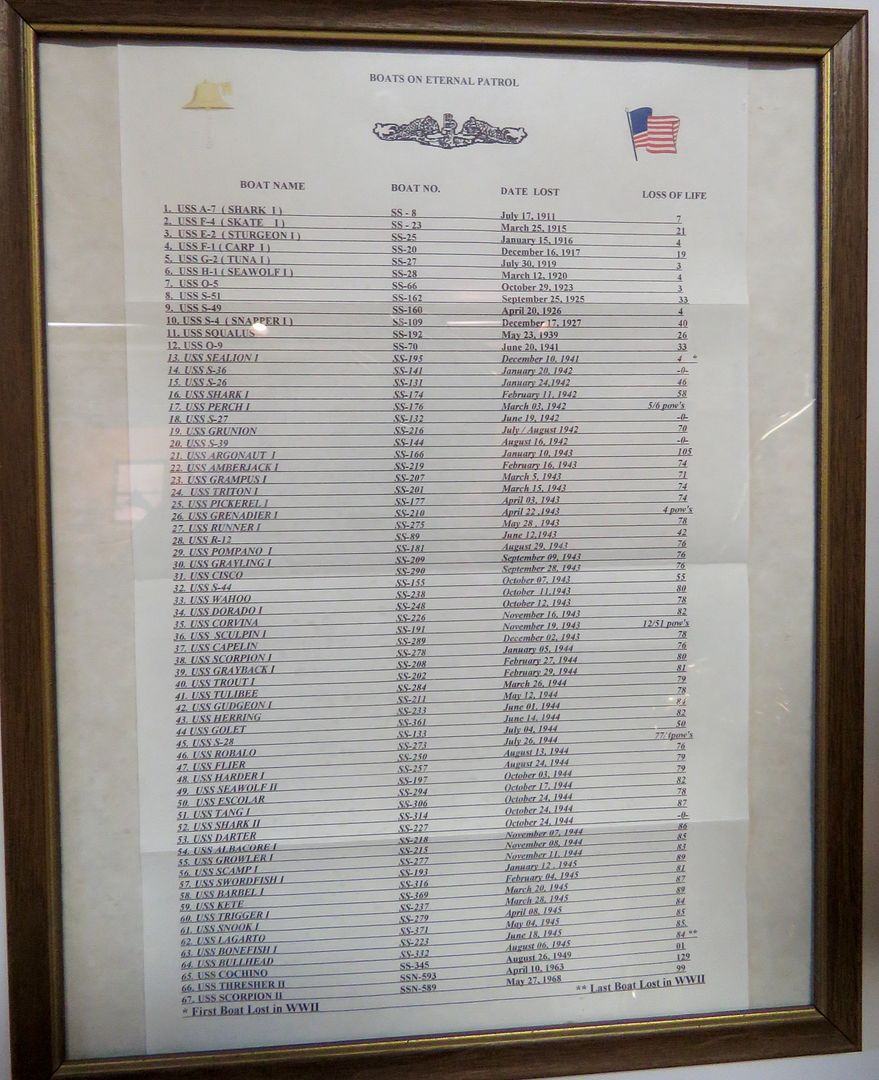
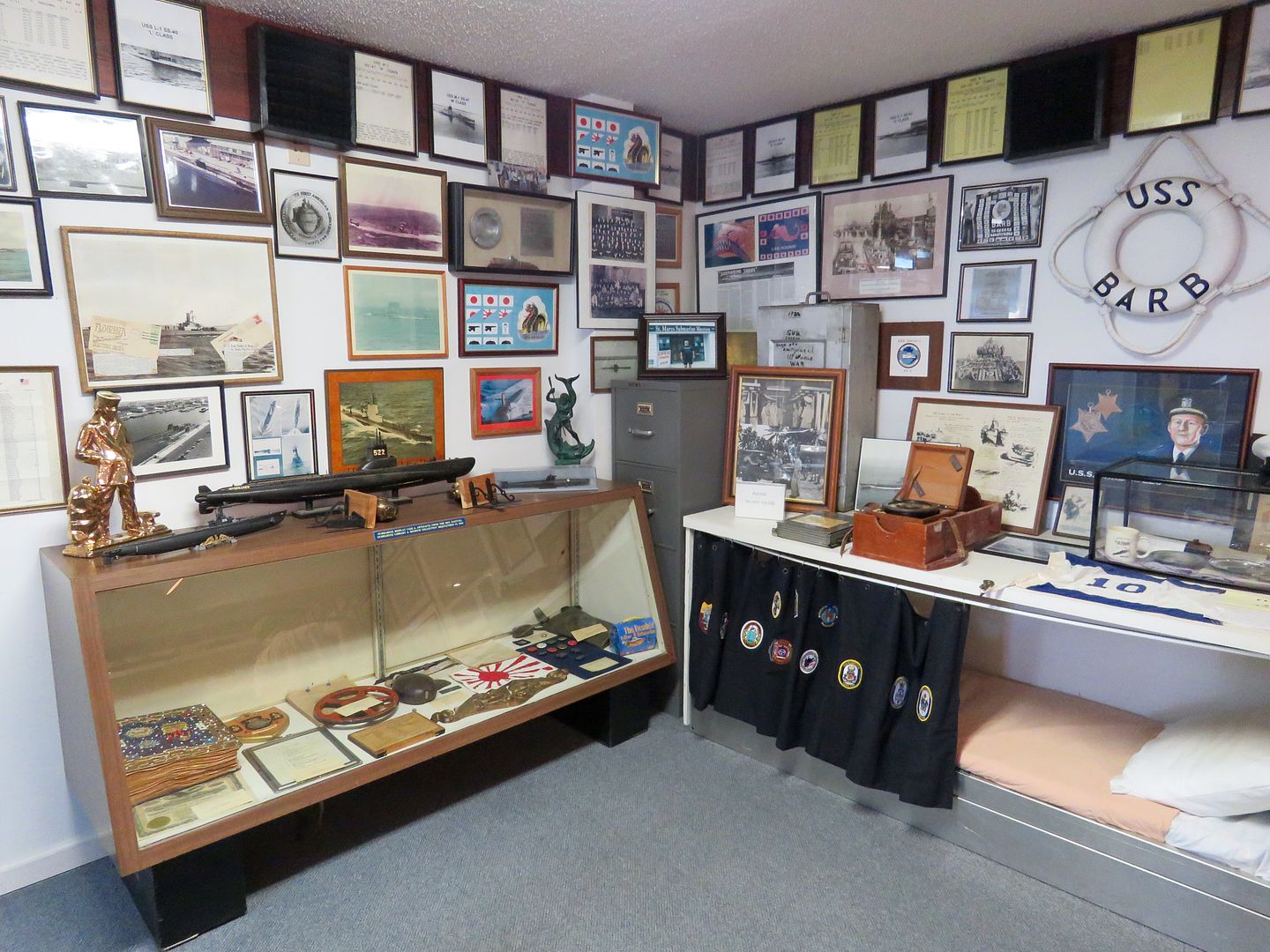


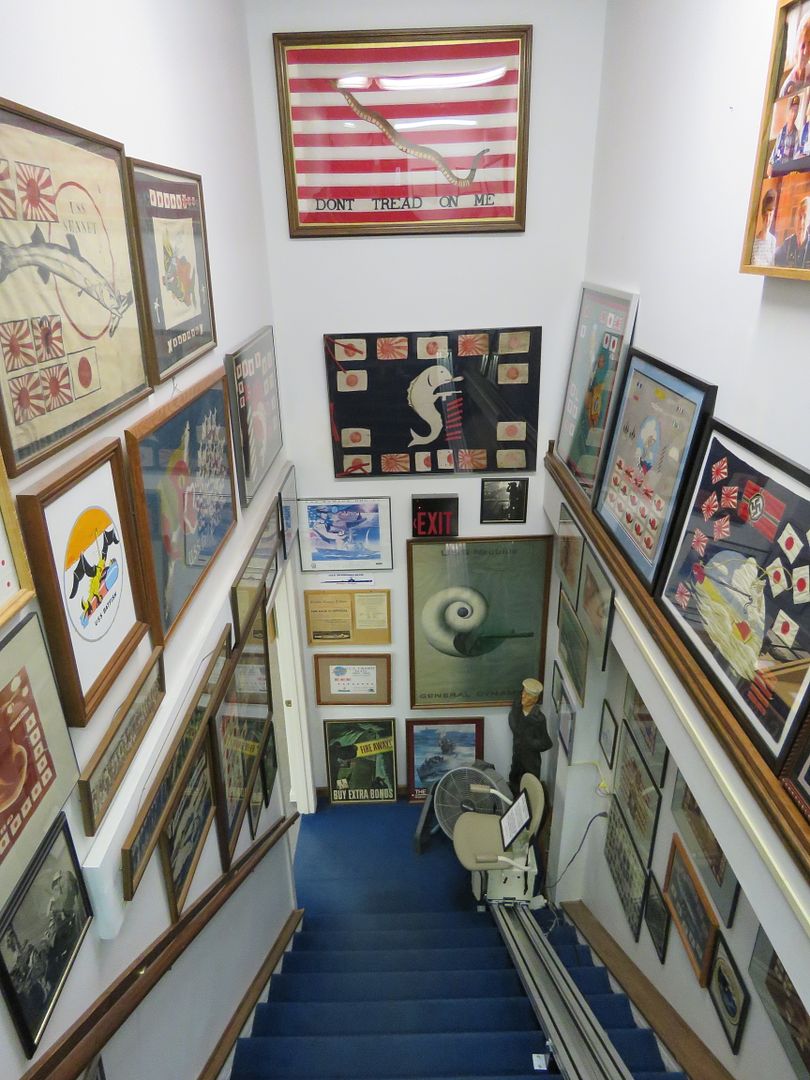
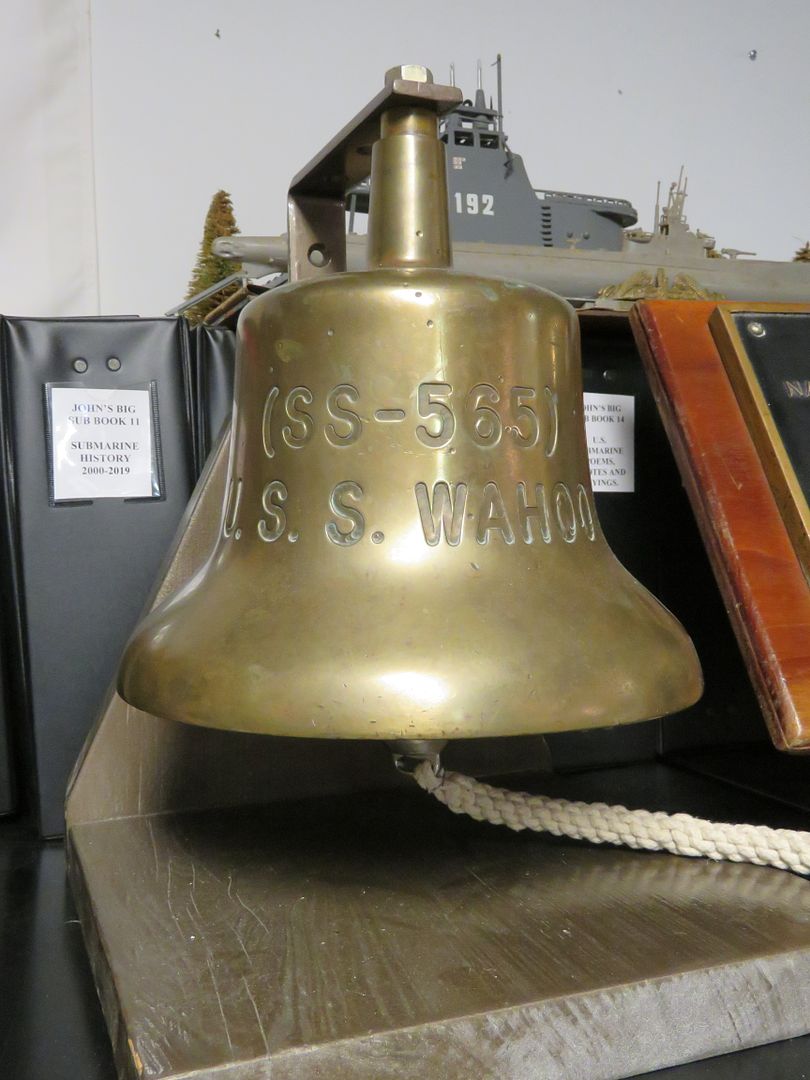
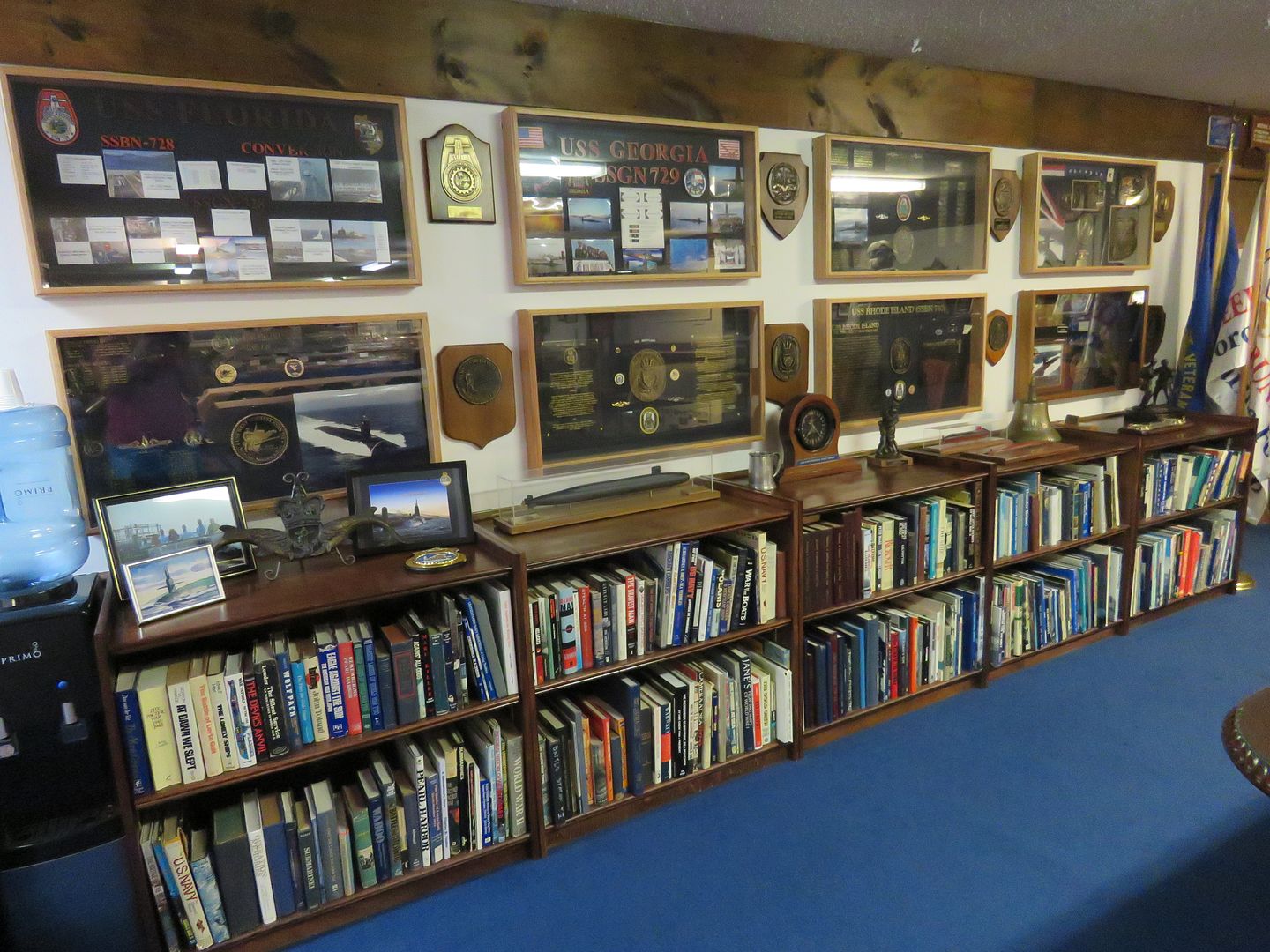
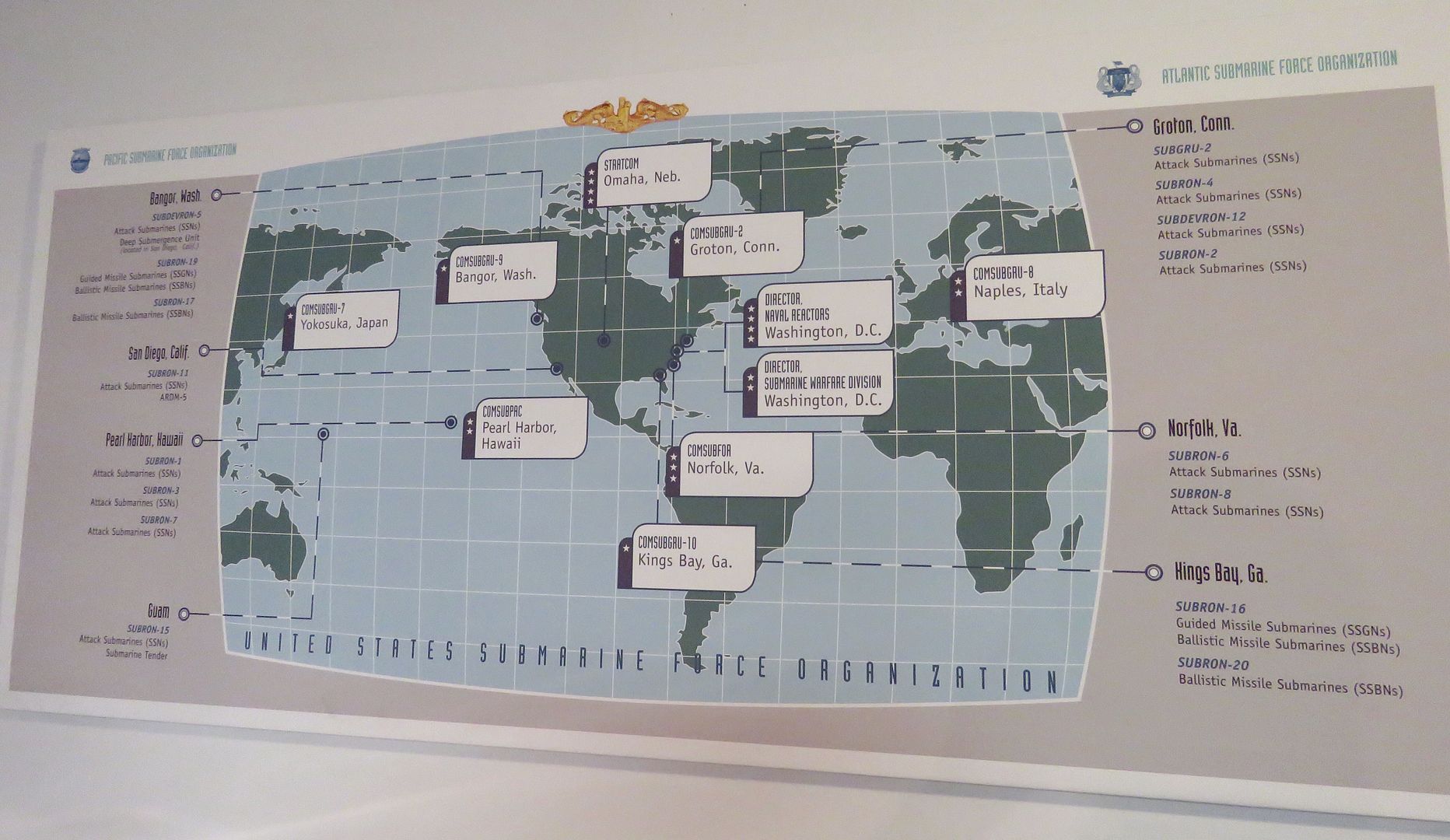
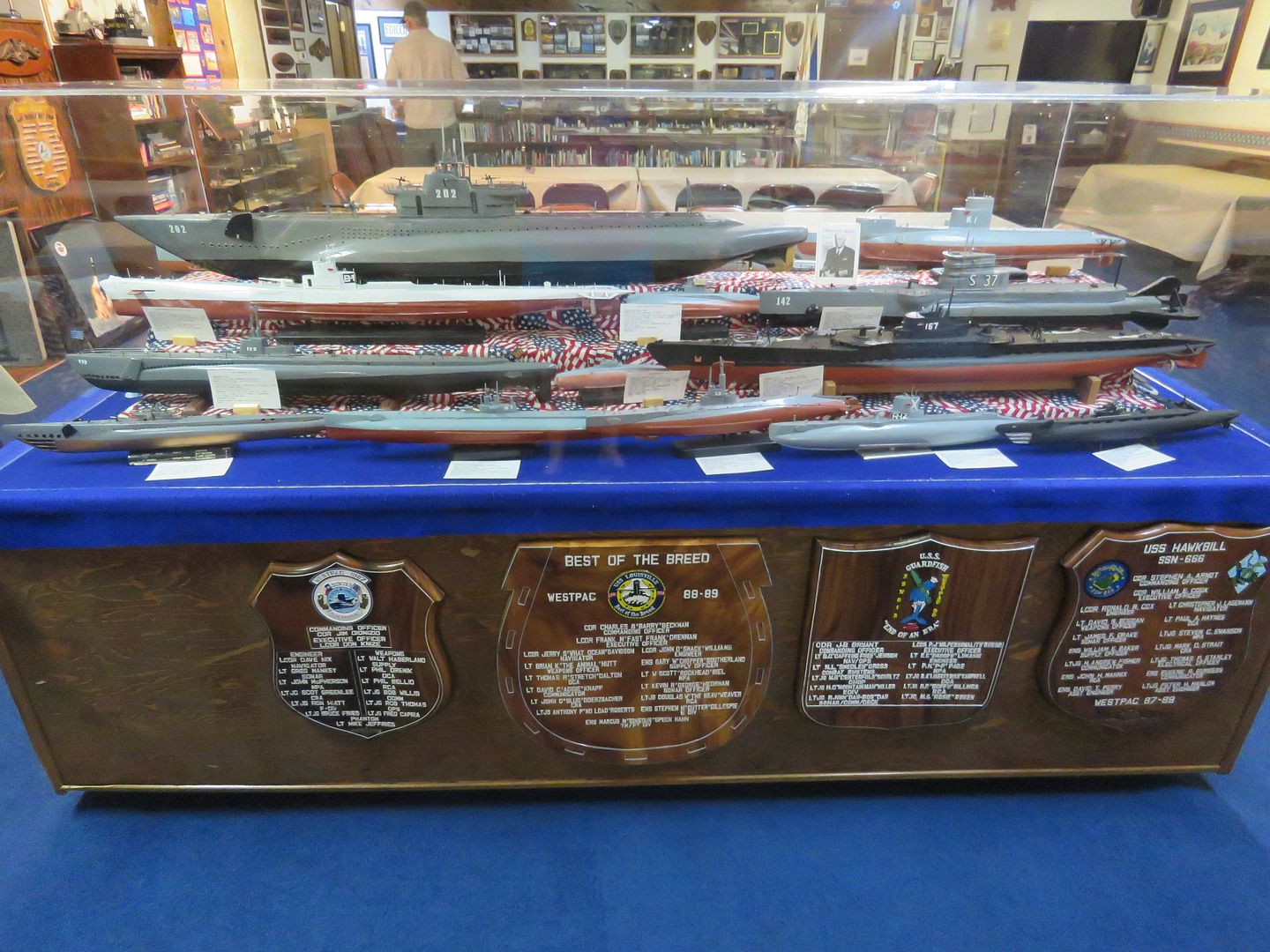
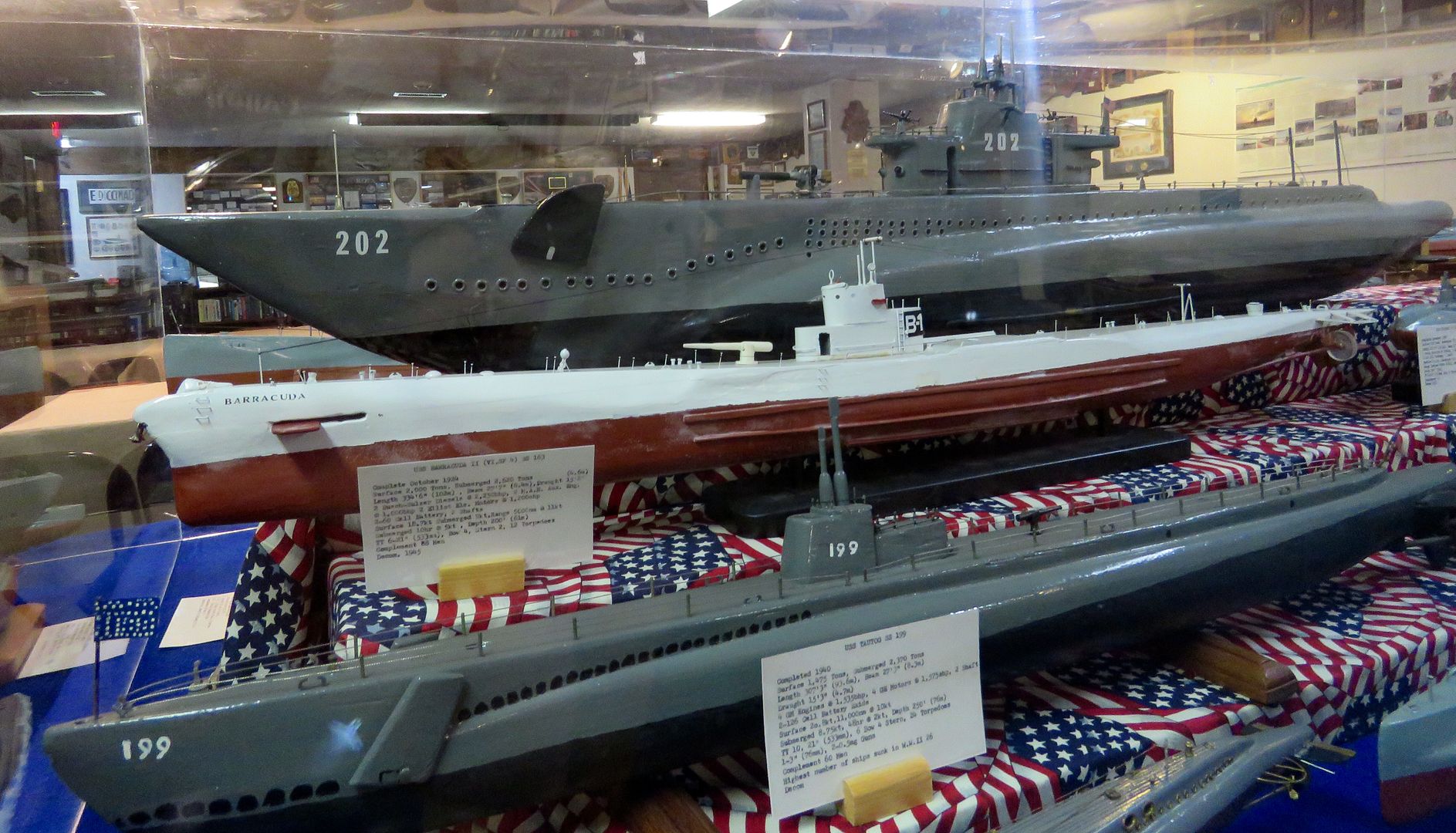
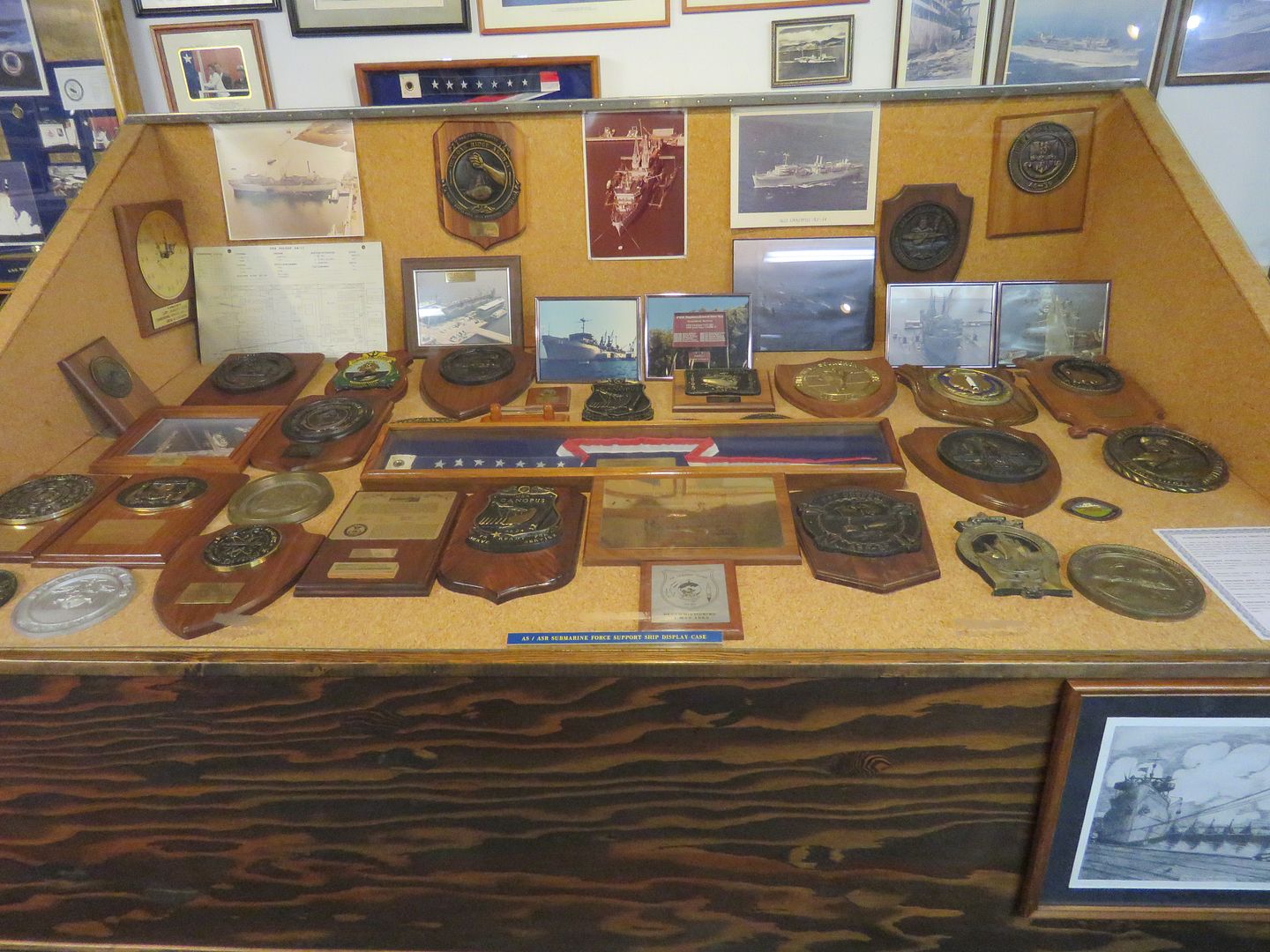
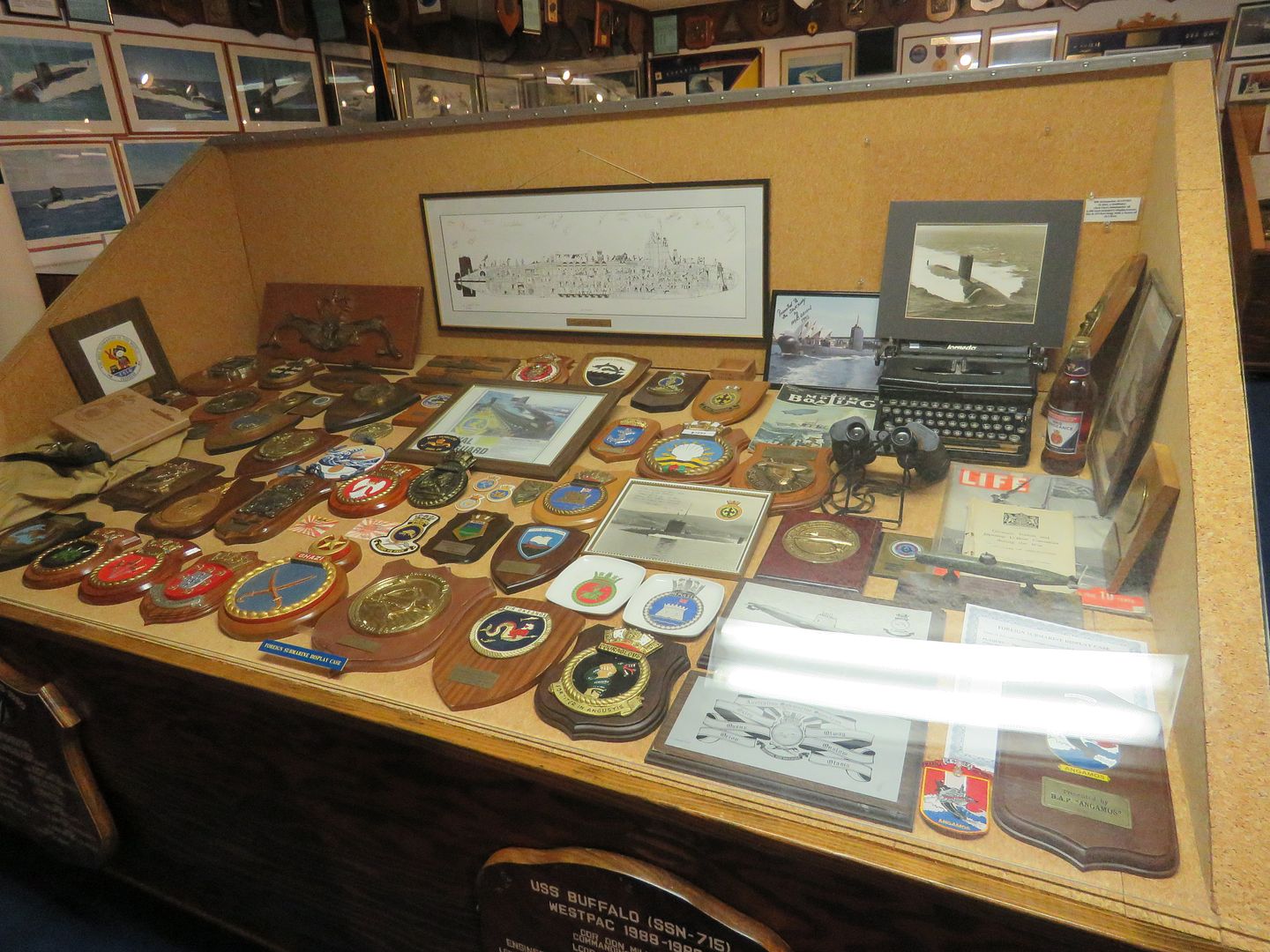
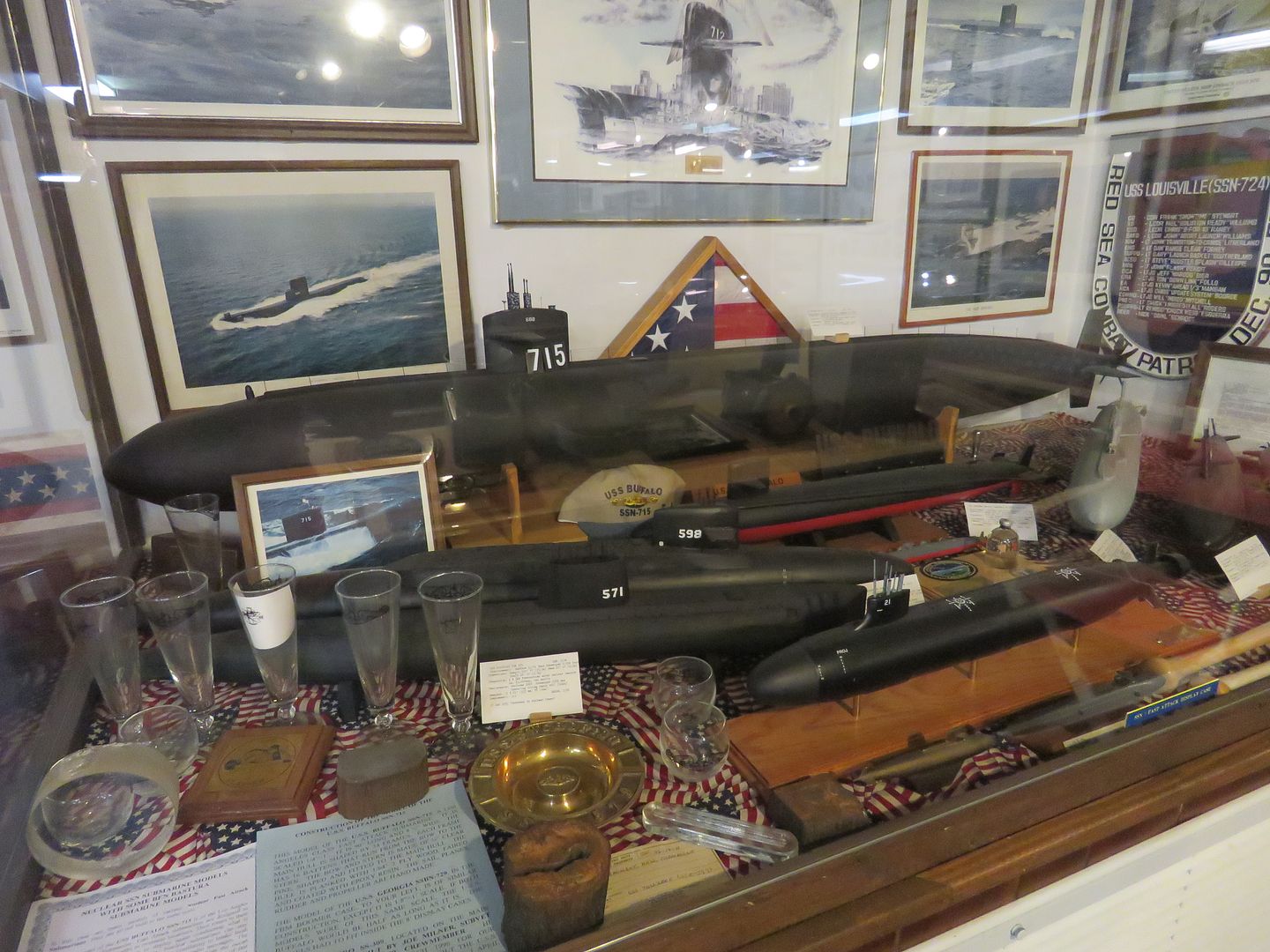
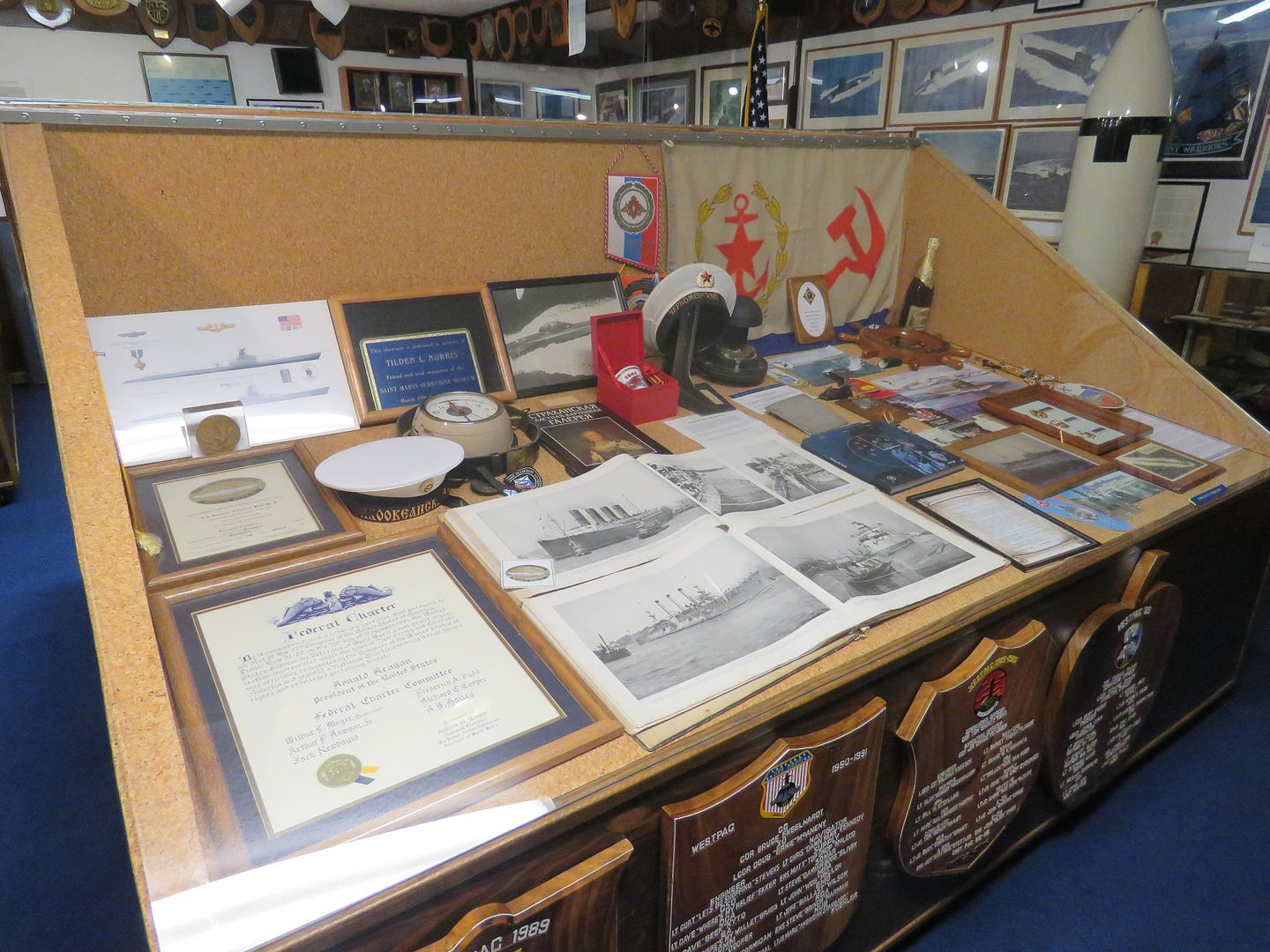
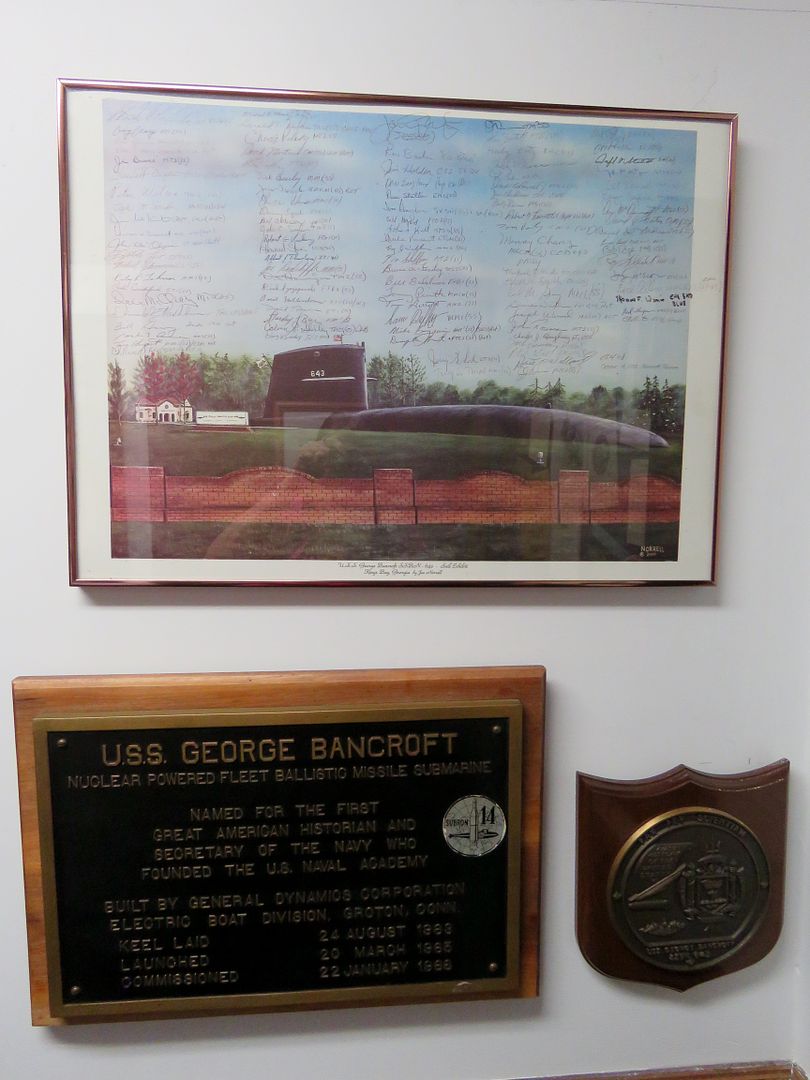

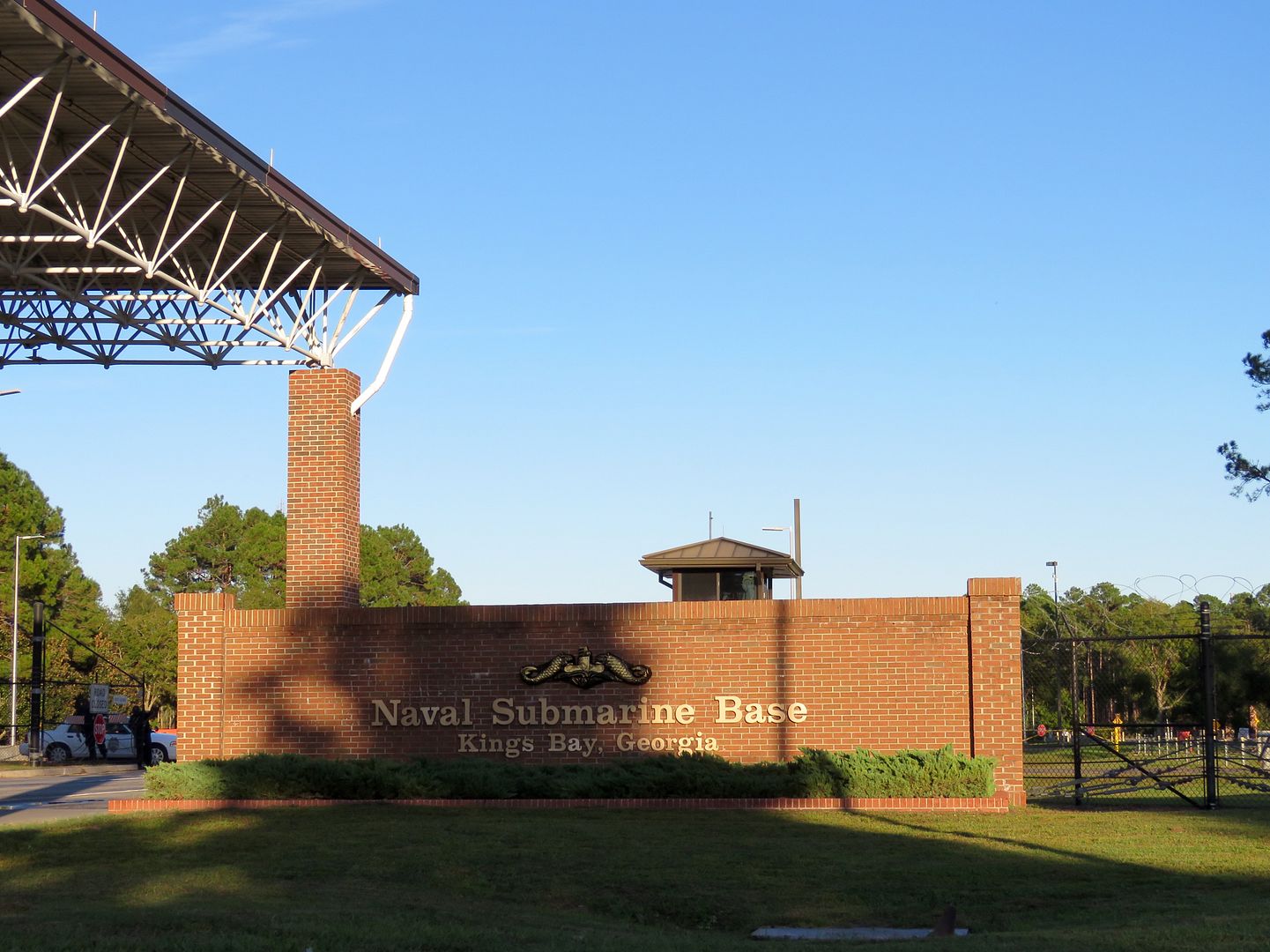
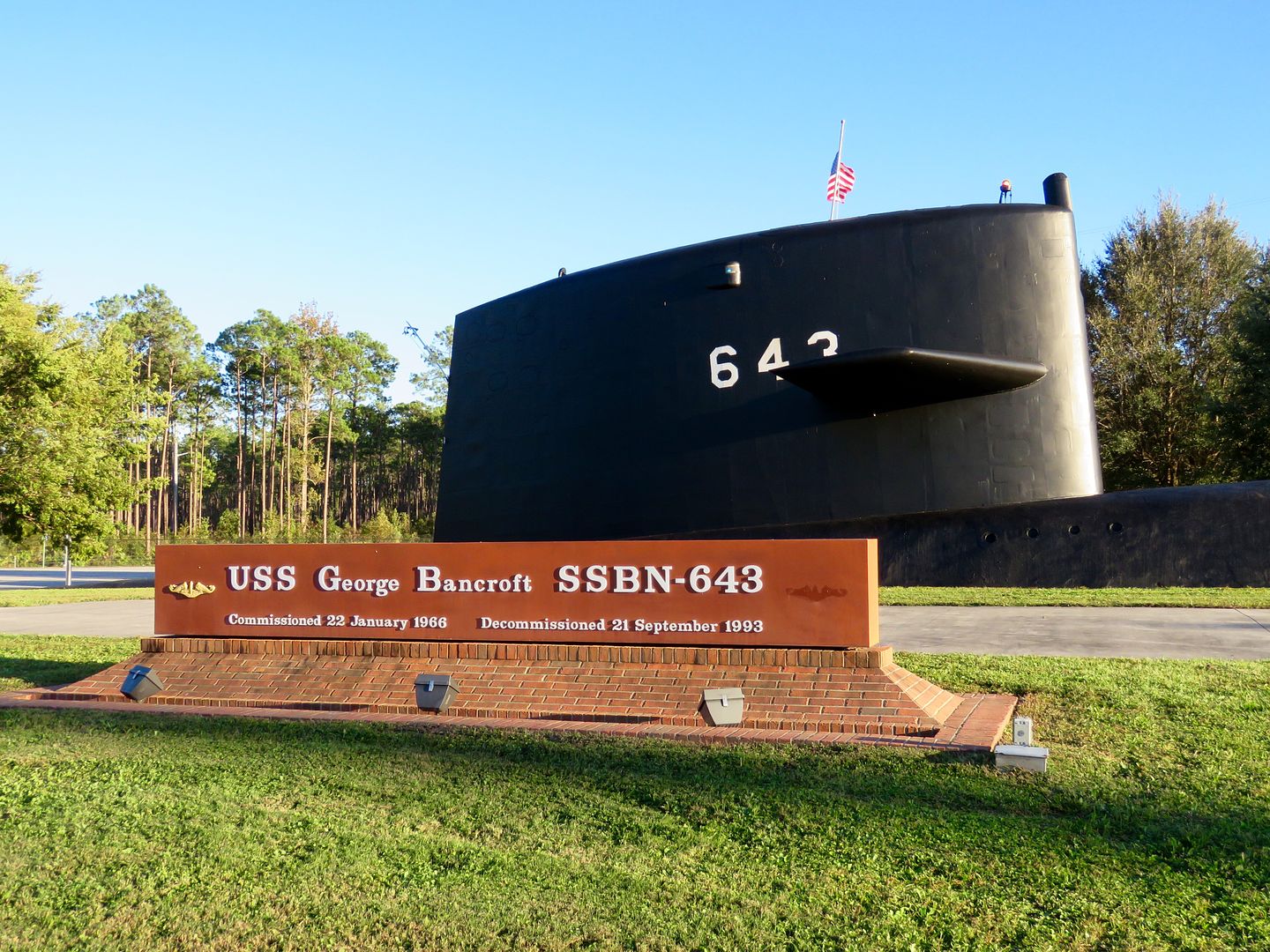
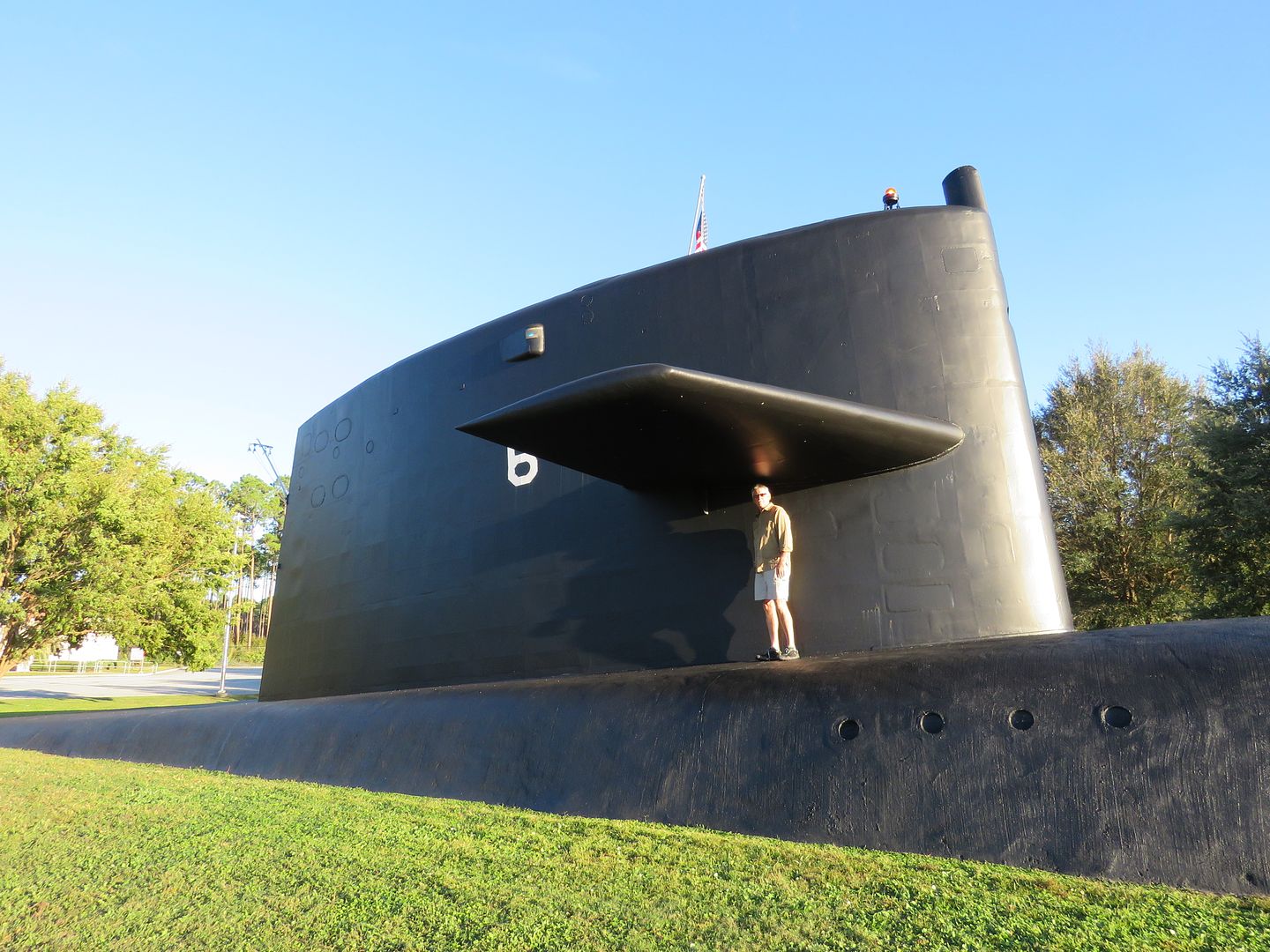
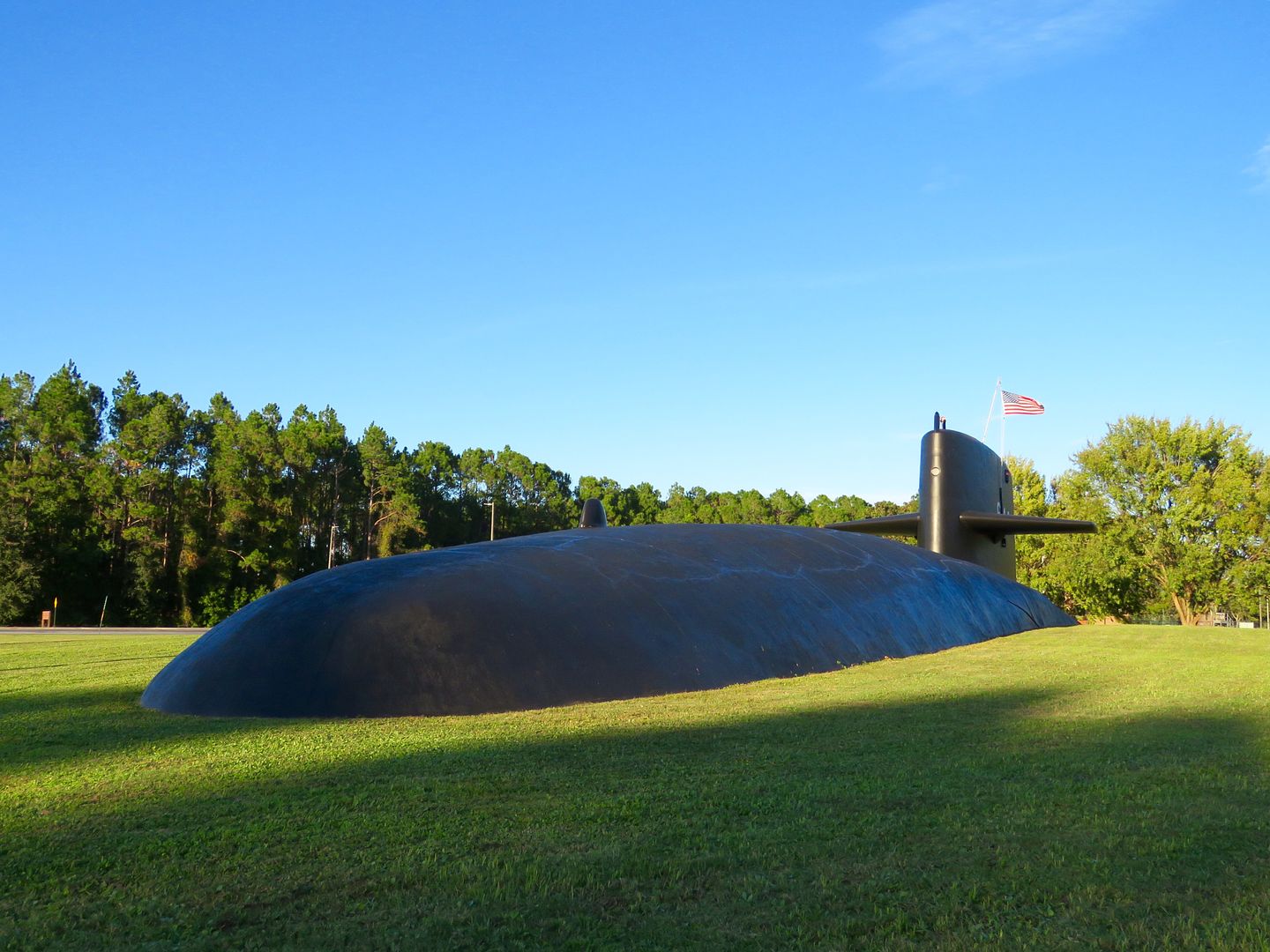
No comments:
Post a Comment